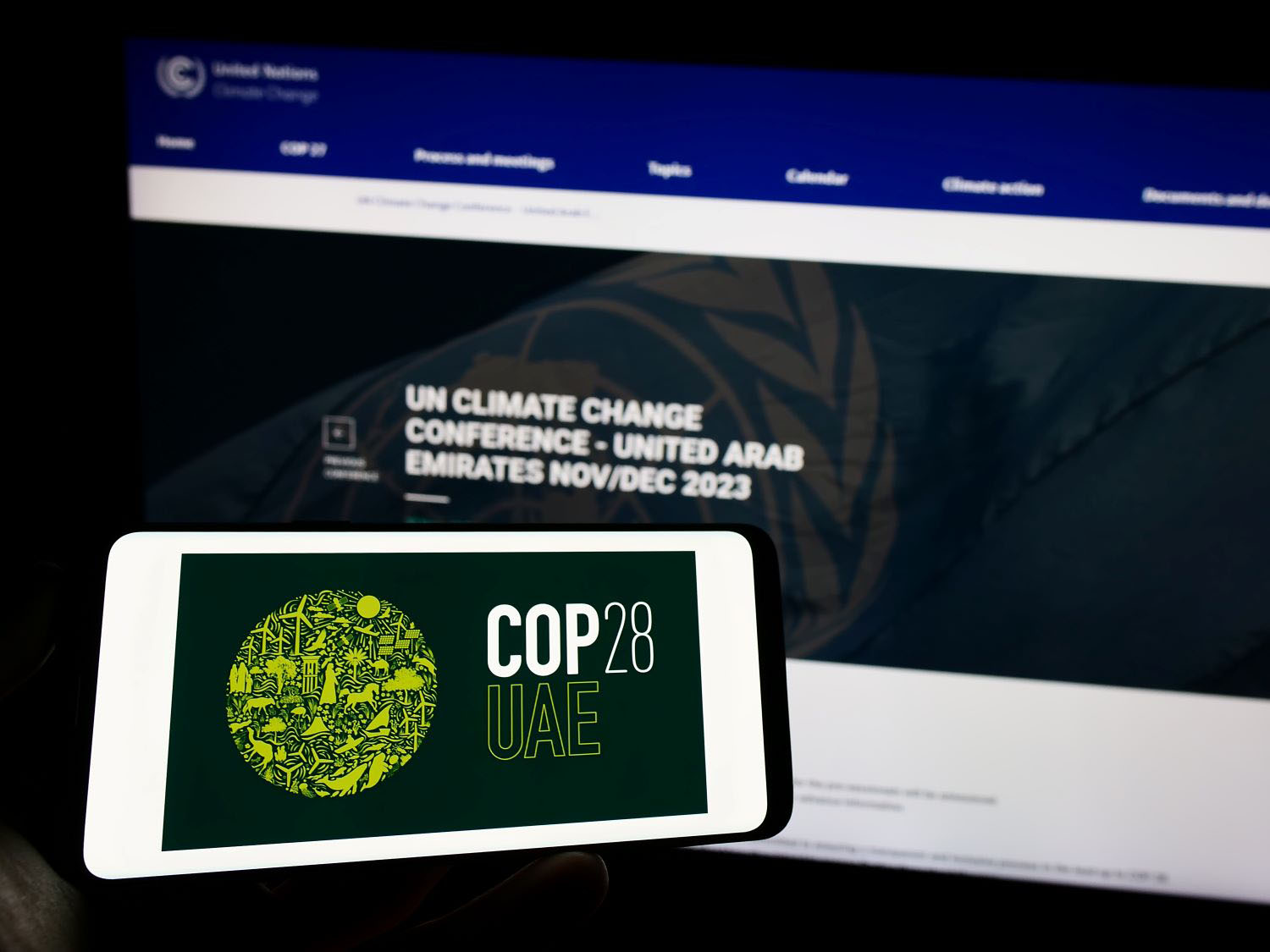This blog post is part of a series of posts and publications which can be found on our new Energy Poverty topic page.
Download PDF of all 7 graphics
1. Energy poverty is an endemic and crippling problem; nearly 600 million people in Africa live without access to any power, which also means no access to safer and healthier electric cooking and heating, powered health centers and refrigerated medicines, light to study at night, or electricity to run a business. Here’s the situation in the 6 countries chosen to be part of President Obama’s Power Africa Initiative, home to nearly 1/3 of the continent’s population:
Tweet this
2. Energy consumption in Africa is extremely low. Here’s a comparison of average yearly electricity use for citizens in each Power Africa country versus the energy used by CGD fellow Todd Moss’s fridge.
Tweet this
3. The International Energy Agency defines “modern energy access” as 500 kWh/year per urban household, or about 100kWh per person. (Rural households are defined at half this amount). How long does is take citizens in other parts of the world to burn through this much power?
Tweet this
4. What might be more reasonable estimates of how much power countries really need to satisfy the real demand at modern levels? Below we model unmet demand, using average consumption in Tunisia as a benchmark for a more modern energy level (or at least enough to power a TV and stove). Even with the 10 GW total generation goal for Power Africa, this leaves huge gaps.
Tweet this
5. To help meet demand, the US must rethink how it supports energy investment in developing economies. US policy has severely restricted investment in the very sources of power that Americans use most.
Tweet this
6. There are stark tradeoffs between this strict focus on renewables and increasing energy access. If OPIC had a $10 billion portfolio, we estimate it could help extend access to over 60 million more people by building more large-scale natural gas plants.
Tweet this
7. Reducing CO2 emissions is a critical goal, but it shouldn’t be done on the backs of poor people living in countries with the most need and the least emissions. Exempting Low-Emitting, Energy Poor (LEEP) countries from carbon restrictions and supporting them in affordable energy generation would help bring an end to energy poverty, in Africa and around the world.
Tweet this
CGD blog posts reflect the views of the authors, drawing on prior research and experience in their areas of expertise.
CGD is a nonpartisan, independent organization and does not take institutional positions.












